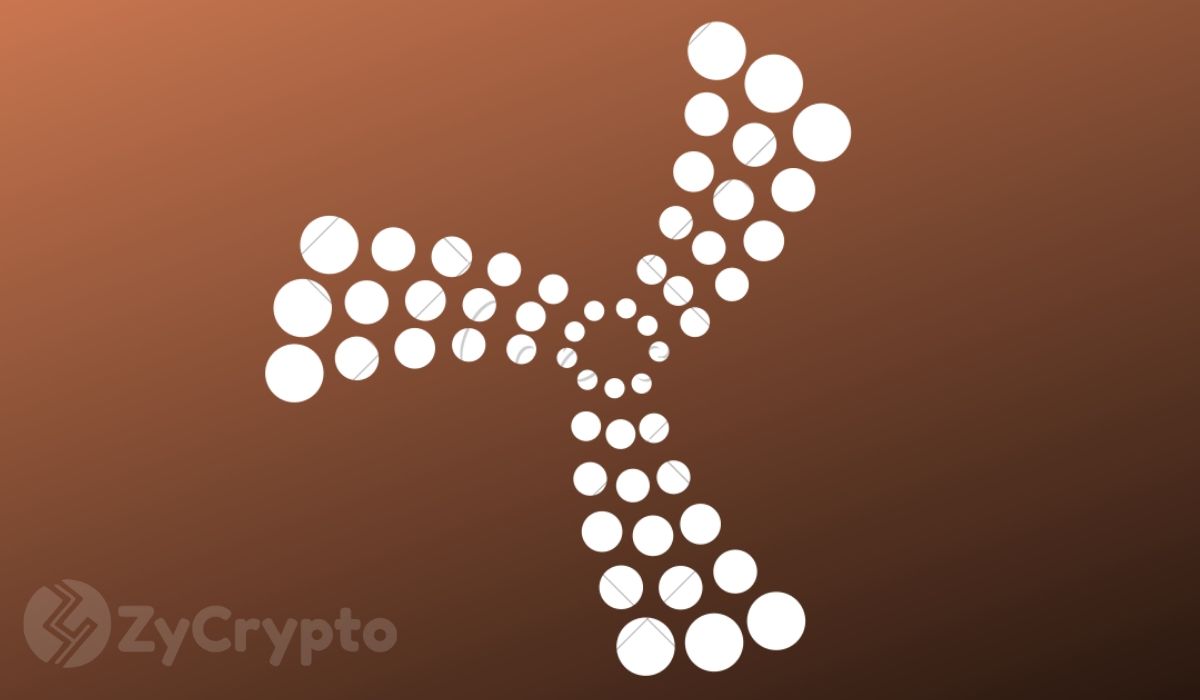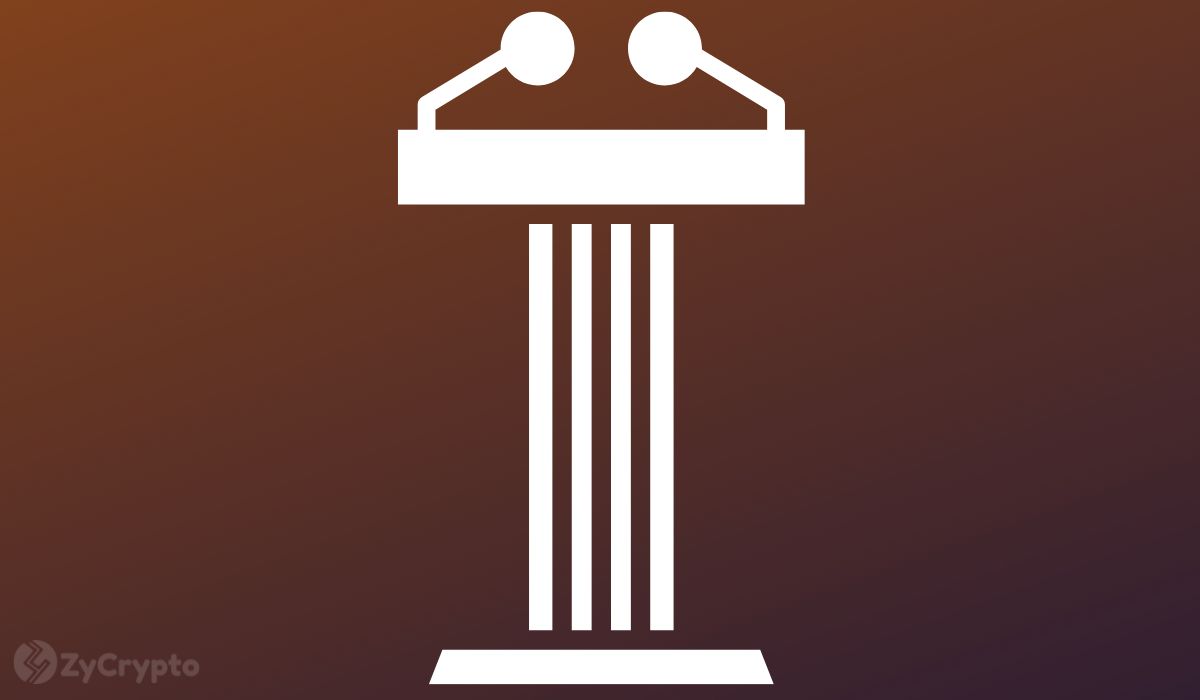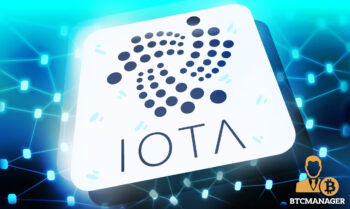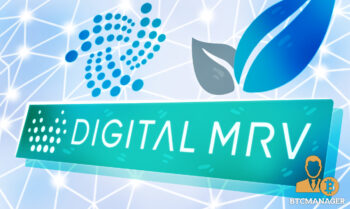
2018-7-8 19:48 |
IOTA is ready for the Internet of Things (IoT) scalability issues facing the modern Internet. Blockchain and cryptocurrencies have a lot of things that seem standard. Miners, for example, process algorithms in exchange for coins. These coins are then used to pay transaction fees. While these features are often copied, they’re not the only way to do things.
In fact, IOTA is entirely focused on machine-to-machine communication and can support the foundation of smart home and smart city technology.
Imagine solar panels and inverters communicating to each other and each device connected to the electrical grid. Every command, watt, or instruction will be tracked at the blockchain level, and collecting/analyzing big data can be made a whole lot easier if this platform is mass-adopted.
Before exploring the IoT and how IOTA can accelerate its progress, let’s look at how the MIOTA coin is faring on public exchanges.
About the MIOTA CoinMIOTA has a market cap of $3,158,185,693 as of July 8th, 2018. This is based on a total supply of 2,779,530,283 MIOTA at an exchange rate of $1,14 per coin. The peak price of MIOTA so far was $5.24, which occurred on December 20, 2017.
MIOTA exchange is supported by popular crypto exchanges like Binance, but you’ll need to exchange your fiat currency to BTC or ETH at CoinBase first. Each exchange will charge fees, so be aware of this before investing.
Price stability is subject to the effects of the general crypto market, but longevity is assured by strong strategic partnerships. Bosch and Riksbank, the central bank of Sweden, are two high-profile real-world partners with big stakes in the IOTA network’s success.
MIOTA can’t be mined, and the entire network is built for IoT efficiency. Its Tangled platform uses Directed Acyclic Graphs to validate transactions based on previous transactions within the chain. This process is faster than traditional blockchains, which means its scalable to support a much larger network than humans use.
Alexa, Tell Me About the Internet of ThingsThe Internet of Things is expected to reach 50 billion connected devices by the year 2020. This includes everything from consumer devices like Fitbits and smart cars to enterprise IoT in warehousing, retail, manufacturing, logistics, transportation, healthcare, government, and more.
Autonomous cars, for example, already have driver’s licenses issued in several states, including Nevada and California. Companies like Google, Apple, and Uber are racing to partner with car manufacturers and municipalities to enable a data infrastructure that will dwarf the size of our current internet.
No matter how much 4K VR porn you consume, you’ll never match the amount of data being processed on the Las Vegas Strip as thousands of high-res camera feeds and automation instructions are processed in a larger than life display drawing 40 million visitors each year.
These tourists also come with their own Wi-Fi needs, and balancing all this with local, state, federal, and international regulations is hard enough. Adding to all this, the need for greener solar- and wind-based electricity generation and providing reliable transportation in an increasingly congested area are major concerns.
The IOTA Foundation introduced IOTA as a way to quantify, optimize, and stabilize this network. Ensuring all the right data gets to the right places with a record for anyone to track. Unfortunately, it has been hit with controversy after an MIT research team found a security hole in the network’s Curl implementation that led to an update to a Keccak algorithm.
Securing Our Internet ThingsThe IOTA network was initially created by David Sonstebo, Sergey Ivancheglo, Dominik Shiener, and Serguei Popov. They then formed the IOTA Foundation non-profit organization in Berlin to manage it. It works in a similar manner to Bitcoin, but in a scalable manner that’s fit to support IoT transactions.
However, MIT’s Digital Currency Initiative found a vulnerability in the project’s code in September 2017. It used an in-house hash function called a P-Curl for encryption, which is highly frowned upon in cryptography circles as data on the network could more easily be compromised.
IOTA went to war with MIT in online forums and social media, and academics and tech experts continued upping the ante. A hole was then found in IOTA’s wallet – it lacked a seed generator to help users produce keys and control their own coins.
Clearly the team didn’t think much about humans in the network’s development, and it has a long development road ahead of it. Nothing can ever be perfectly secure online, but there are security standards for a reason. Eschewing them can quickly get you into trouble.
For example back in 2011, the Sony PlayStation Network, one of the largest gaming communities, was hacked, compromising valuable data of over 77 million users. The vulnerability that was compromised was an outdated Apache server version that lacked an update from a few months prior to the attack. Because Sony was too slow to implement a crucial security upgrade, its servers were compromised.
Once on the servers, the hackers were able to identify databases. While those databases were encrypted, the individual cells were not, making it easier to compromise large volumes of data through brute force. Meanwhile the network was inoperable for 23 days, forcing Sony to spend millions in free services and fines.
The Internet of Things is more than just Alexa, Siri, and Fitbit. The precision of an autonomous car navigating downtown Los Angeles or suburban Phoenix needs to be much more honed and reliable than your smart light set.
There’s room for error when asking Alexa to play a song, but a Volkswagen vehicle traveling at 65-mph can’t afford mistakes or delays (and yes, that’s coming). When human lives are at risk, many wonder whether IOTA really can live up to its promise.
IOTA SummaryIOTA is traded like a traditional cryptocurrency, but it’s really meant as a blockchain to host machine-to-machine transactions in the Internet of Things. It’s aiming for a huge market, but that market requires precision, as human lives are at stake. It’s not going alone, though – IOTA has high-profile strategic partnerships in place.
MIOTA is the official coin of IOTA, a blockchain designed for IoT efficiency. IoT is a huge market that includes everything from consumer devices to enterprises and entire cities. Several security vulnerabilities have been addressed in IOTA, and it’s unclear how stable and secure the platform will be when implemented in a live environment. IOTA has no miners/mining, and blocks, transaction limits, and fees have been removed to accommodate M2M transactions.Because of its focus on IoT, IOTA has a fighting chance at differentiating itself in the crypto market. The team does spark fiery debates in tech circles and has made some questionable decisions, but the IoT market is one of the largest opportunities for blockchain technology – if they get it right, IOTA could one day be the Google of little bitty things talking to each other. Or it could be Skynet.
Either way, IOTA is a crypto to give an iota of thought to in coming years.
The post What Is MIOTA? Introduction to IOTA appeared first on Crypto Briefing.
origin »Advanced Internet Blocks (AIB) íà Currencies.ru
|
|



